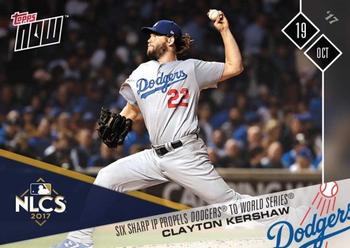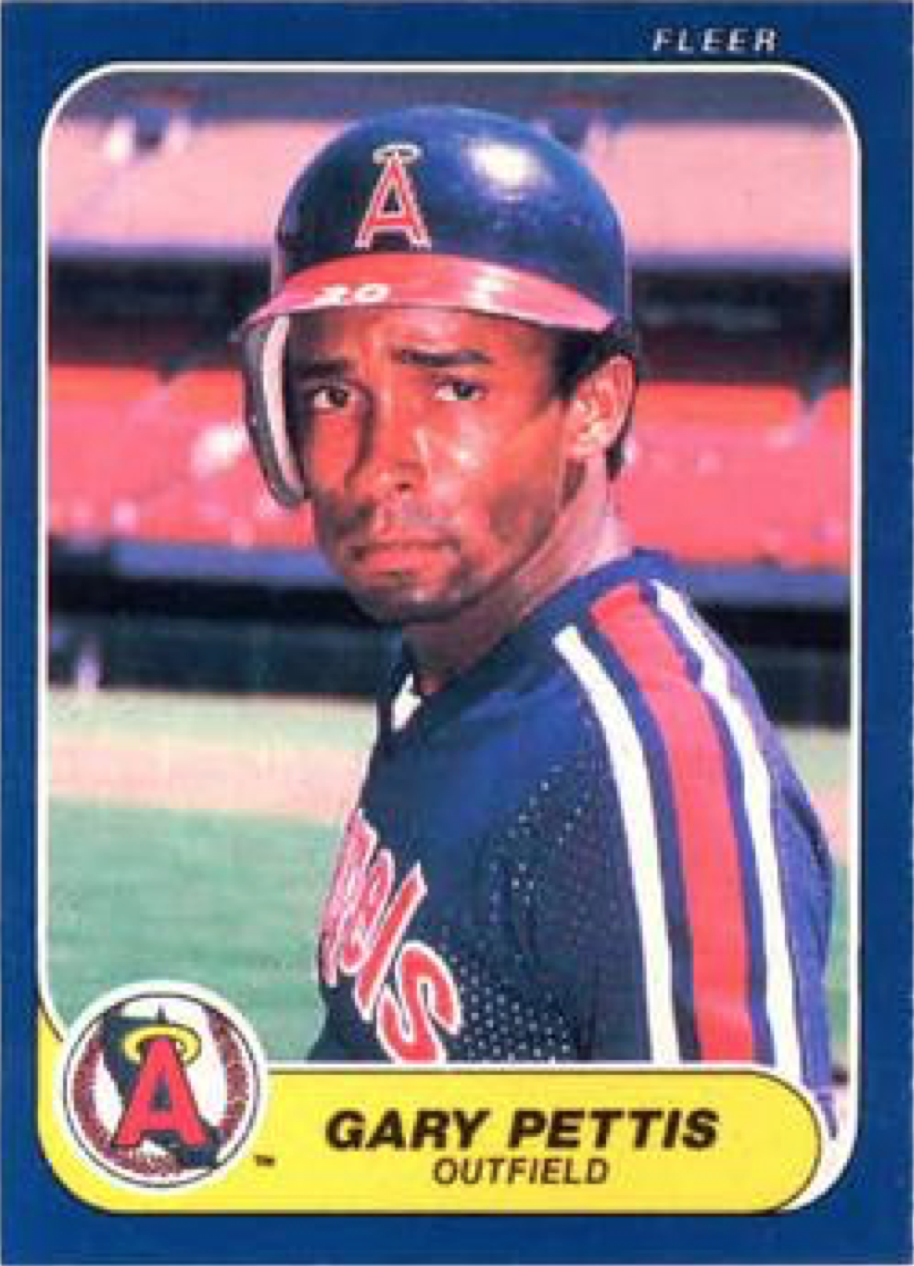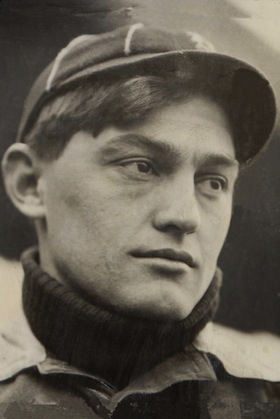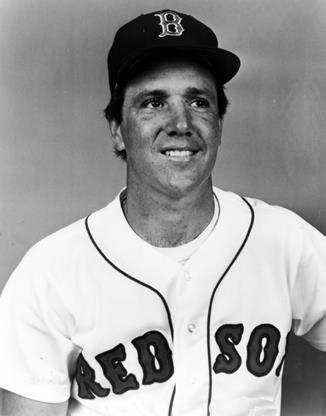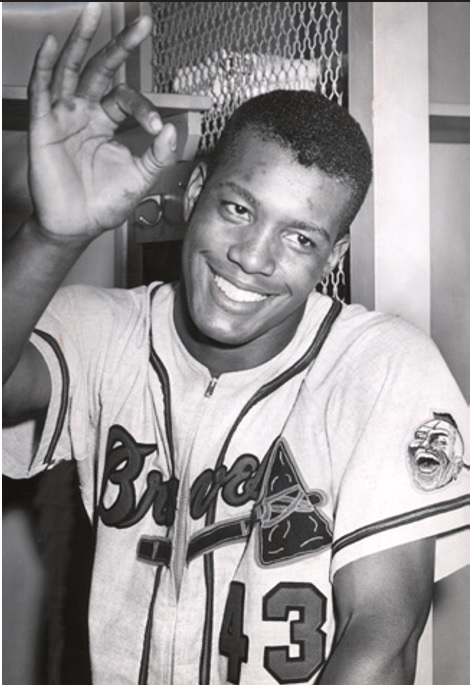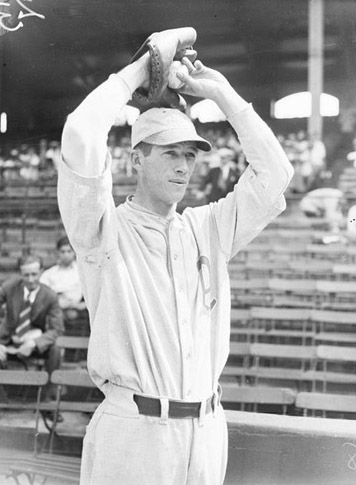October 14, 1976: Chris Chambliss’ home run delivers pennant to the Bronx
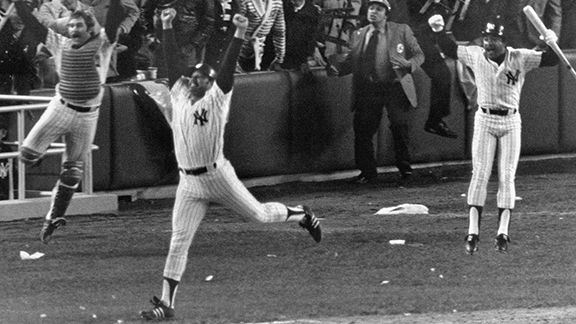
It had been 12 years since the Yankees participated in the postseason. In 1964 they lost a thrilling seven-game World Series to the St. Louis Cardinals. Up to then they had won the American League pennant in 14 of 16 seasons beginning in 1949. Love the Yankees or hate them, it is unquestionably one of the greatest runs of success in the history of any professional sport.
Not many non-Yankees fans felt bad for the team when it hit rock bottom in 1966, finishing last in the 10-team AL standings. After their appearance in the 1964 World Series, the Yankees did not challenge for the flag, and were still stagnant when each league was divided into two divisions in 1969.
Baltimore was king of the hill in the AL East Division as the Yankees floundered. The Orioles won five of six division titles from 1969 to 1974, and in that last season the Yankees began to make their comeback. New York finished in second place, two games behind Baltimore.
Baltimore thumped the Yankees during the 1976 regular season. But New York posted a winning record in each month of the season. When July ended, the Yankees had a double-digit lead (10½ games) over Baltimore that they never relinquished on their way to winning the division.
Kansas City won in the West Division, putting an end to the dominance of the Oakland Athletics, who had won five straight division titles beginning in 1971 and World Series championships each season from 1972 to 1974.
Atg that time the ALCS was played in a best-of-five-games format. The Royals and Yankees each won a game on the road and the series was tied at two wins apiece with the deciding game set for October 14 at Yankee Stadium. Perhaps it was appropriate that a game with so much riding on it was being played in the Bronx. The Yankees had played their home games at Shea Stadium in Queens the previous two seasons as Yankee Stadium underwent a facelift.
The weather was clear and chilly, with the temperature in the low 40s. Still, 56,821 spectators braved the cold.
The pitching matchup was the Royals’ Dennis Leonard (17-10) vs. the Yankees’ Ed Figueroa. (19-10). Each had led his team in wins, but it was a safe assumption that for the pitching staffs, it would be all hands on deck in a winner-take-all game.
In the top of the first inning, George Brett stroked a two-out double to right field and came home on John Mayberry’s home run. The Royals’ 2-0 lead was short-lived. For the Yankees, Mickey Rivers led off with a triple to left-center and came home on a single by Roy White. White stole second base and went to third on a single to left by Thurman Munson, who took second base on the throw to third.
Royals manager Whitey Herzog went to the bullpen, bringing in left-hander Paul Splittorff. The left-handed-swinging Chris Chambliss tied the score with a sacrifice fly to left field.
Just as quickly as the Yankees had tied the game, the Royals untied it in the top of the second inning. Cookie Rojas singled to center field with one out and stole second. Freddie Patek struck out, but Buck Martinez singled to right field, scoring Rojas and giving the Royals a 3-2 lead.
As if the two clubs were playing a game of “Anything you can do, I can do better,” the Yankees reached Splittorff for two runs in the bottom of the third. Their first three batters reached base: Rivers singled to center, White walked, and Munson hit an RBI single to center. White went to third and scored on Chambliss’s force-play grounder to second. That made it 4-3, Yankees.
Marty Pattin relieved Splittorff with two outs in the fourth and Andy Hassler replaced Pattin in the fifth. In the sixth the Yankees added to their lead. Rivers led off with a bunt single and took second on a sacrifice by White. Munson singled to right field to plate Rivers, but the Yankees catcher was thrown out trying to get to second. With two down, Chambliss singled to center field and stole second, then scored when Brett threw away Carlos May’s grounder.
The Yankees led 6-3 going into the top of the eighth inning. With the pennant within the New Yorkers’ grasp, their fans were ecstatic. Figueroa was still on the mound; he had blanked Kansas City since the second inning. But when Al Cowens singled to left field to open the eighth, Yankees manager Billy Martin brought in left-hander Grant Jackson. Herzog was pushing buttons in the opposing dugout, and called on right-handed-batting Jim Wohlford to pinch-hit for Tom Poquette. The move worked; Wohlford singled to center. Brett stepped up and smashed a pitch by Jackson over the fence, tying the game, 6-6.
Dick Tidrow came on to pitch for the Yankees in the top of the ninth. With two down, the Royals got a single from Martinez and a walk to Cowens. Wohlford slapped a slow grounder to Graig Nettles at third base. Nettles threw to second and umpire Joe Brinkman called Cowens out. TV replays clearly showed that it was a blown call. The Royals would have had the bases loaded and Brett coming to the plate had the correct call been made. Herzog, who did not argue the call, disagreed with Brinkman. But Herzog knew arguing the call would fall on deaf ears, and also did not want to take the chance of getting pelted with the various projectiles that were flying out of the stands.
As the bottom of the ninth began, Chris Chambliss was first up against Royals reliever Mark Littell, who had pitched a clean eighth. As Chambliss waited for Littell to finish his warm-ups, Yankees’ public-address announcer Bob Sheppard cautioned the crowd against throwing debris onto the field. The game had already been stopped several times for bottles, firecrackers, beer cans, and rolls of toilet paper thrown from the stands.
Chambliss stood by the bat rack, annoyed by the delay. Littell was annoyed, too. With an 8-4 record, 16 saves, and a 2.08 ERA, the 23-year-old possessed a live fastball and a wicked slider. The delay prevented Littell from staying loose and interfered with his rhythm.
Finally, at 11:43 P.M., Chambliss stepped into the box and home-plate umpire Art Frantz yelled, “Play ball!” Chambliss was 10-for-20 with 7 RBIs in the series so far. He narrowed his eyes, looking for a fastball from Littell.
Littell indeed threw a high, inside fastball. Chambliss reared back, stepped into the pitch, and smashed it over the right-field wall. Chambliss stood momentarily at home plate, watching the ball fly through the autumn air, not sure if it would leave the ballpark. “It felt good,” he said. “I thought it had a chance.”1 Meanwhile fans poured onto the field.
As Chambliss rounded first base, fans ripped second base from the ground. Chambliss touched the base with his right hand and continued to run through the maze of humanity. He fell in the basepath, accidentally knocking a rampaging fan over, then he tagged third and headed home. When fans tried to grab his helmet, Chambliss tucked it under his arm, like a football.
Like a fullback looking for a small hole at the line of scrimmage, Chambliss was spun completely around in a circle and powered his way through the throng. He was then escorted to the Yankees clubhouse by two policemen.
“I had gone to home plate to congratulate him,” said Yankees coach Dick Howser. “I saw him rounding first, then I lost him. I caught him again between second and third, but he disappeared. I figured eventually he’d make his way around if he followed the green outline.”2
“Home plate was completely covered with people,” said Chambliss. “I wasn’t sure if I tagged it or not. I came in the clubhouse and all the players were talking about whether I got it. I wasn’t sure, so I went back out.”3 Graig Nettles urged Chambliss to return to home plate to make it official. “I wanted to make sure there was no way we were going to lose it,” Nettles said.4
Dressed in a police raincoat to avoid further harassment from the scores of fans still milling around on the field, Chambliss jogged out to home plate, found it had been dug up and removed, replaced by a hole. He touched the hole with umpire Frantz still on the scene, and returned to the champagne party.
In a most historic and memorable fashion, Chris Chambliss delivered the first American League pennant to New York in the renovated Yankee Stadium, and the first one for the team since 1964, ending the 12-year drought. It was a dramatic victory for the Yankees, won by a player who prided himself on steady professionalism, not drama.
Sources
The author accessed Baseball-Reference.com for box scores/play-by-play and other data, and also used Retrosheet.org.
https://www.baseball-reference.com/boxes/NYA/NYA197610140.shtml
https://www.retrosheet.org/boxesetc/1976/B10140NYA1976.htm
Photo credit: MLB.com.
Notes
1 Phil Pepe, “Yanks Chambliss Makes the Right Connection,” The Sporting News, October 30, 1976: 12.
2 Gerald Eskenazi, “As Chambliss Rounded First, Bedlam Broke Out at Stadium,” New York Times, October 15, 1976: A19.
3 Murray Chass, “Yanks Win Pennant on Chambliss’ Leadoff Homer in Ninth, 7-6,” New York Times, October 15, 1976: A19.
4 Chass.
Additional Stats
New York Yankees 7
Kansas City Royals 6
Game 5, ALCS
Yankee Stadium
New York, NY
Box Score + PBP:
Corrections? Additions?
If you can help us improve this game story, contact us.


